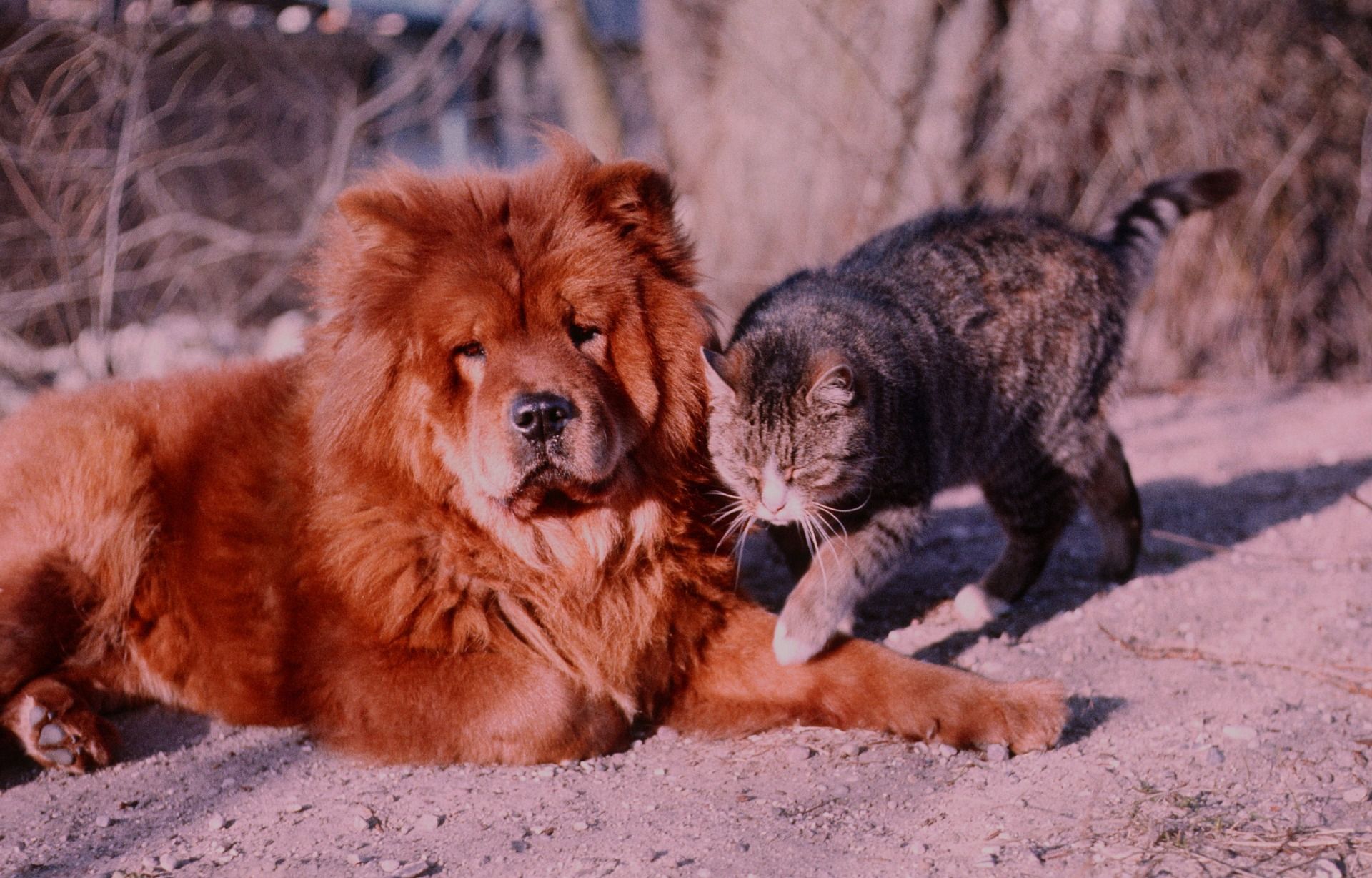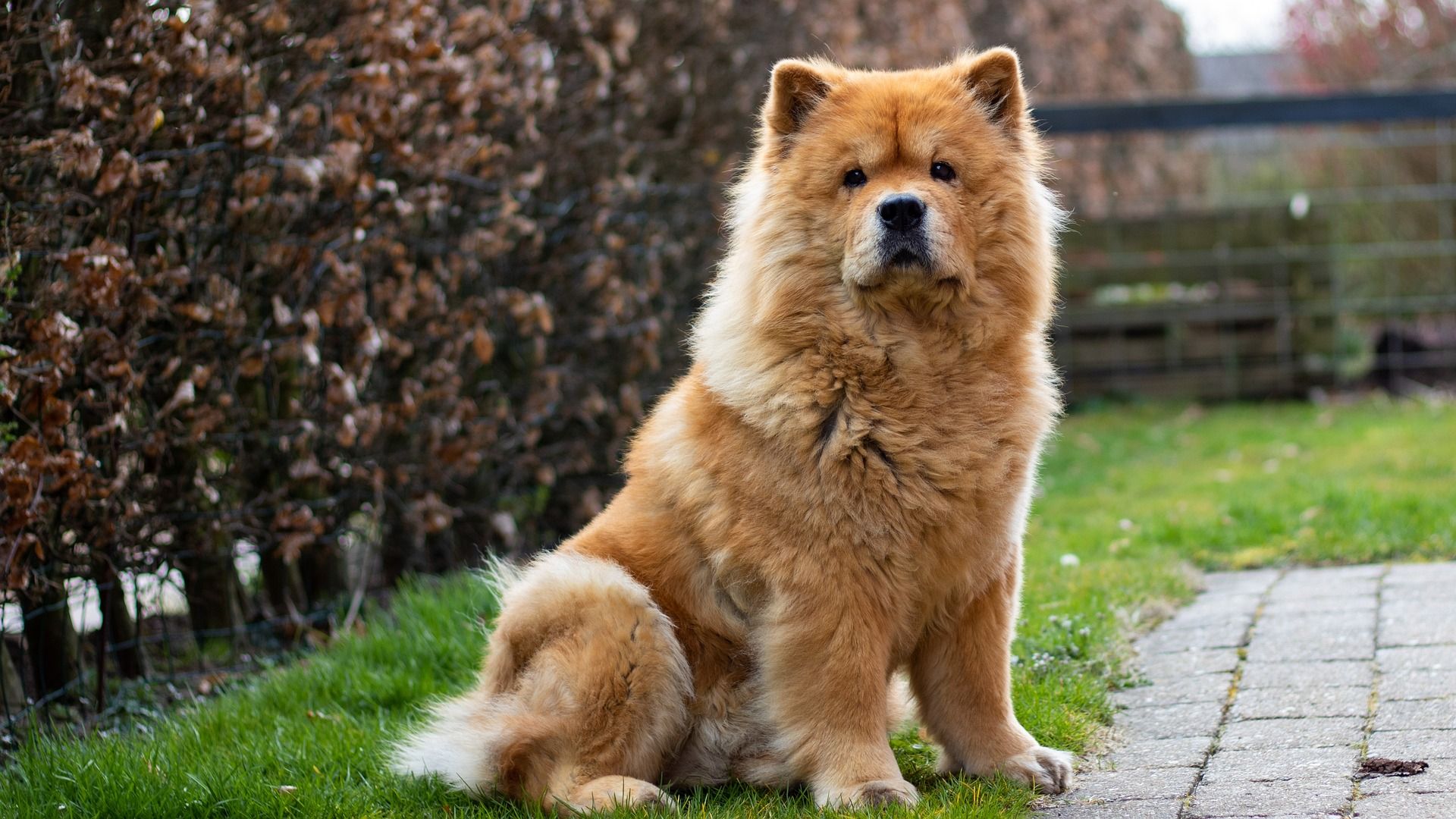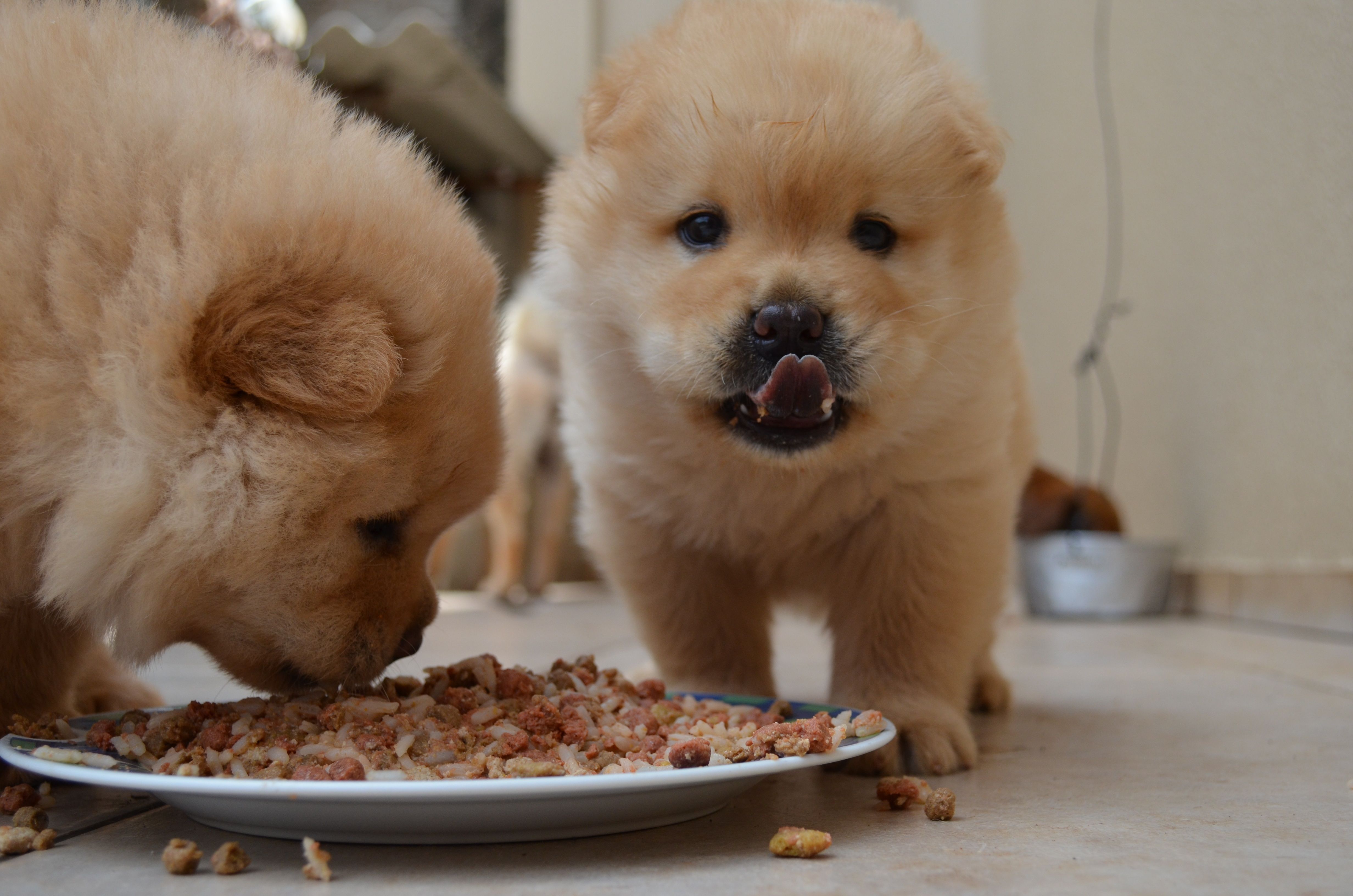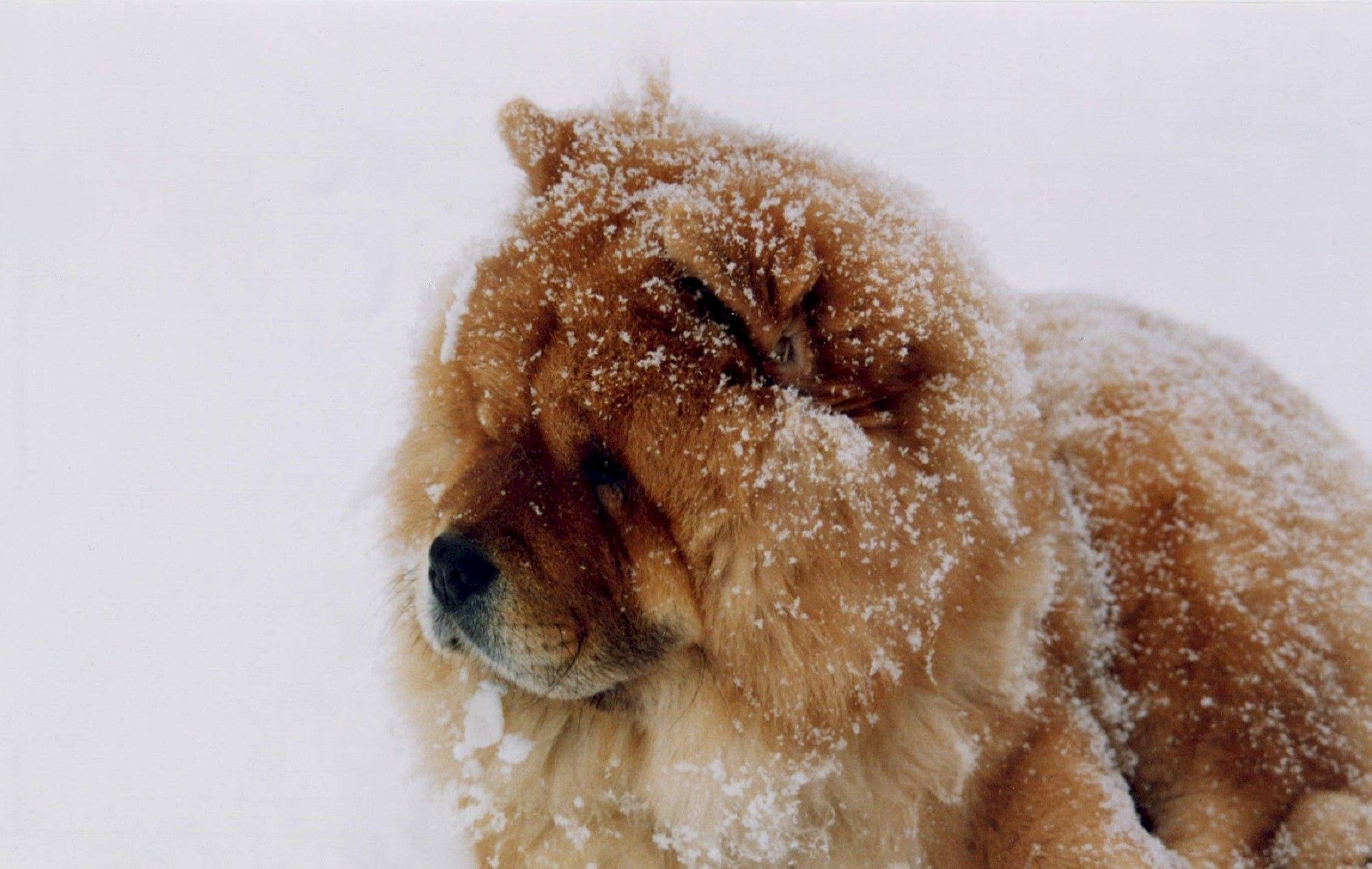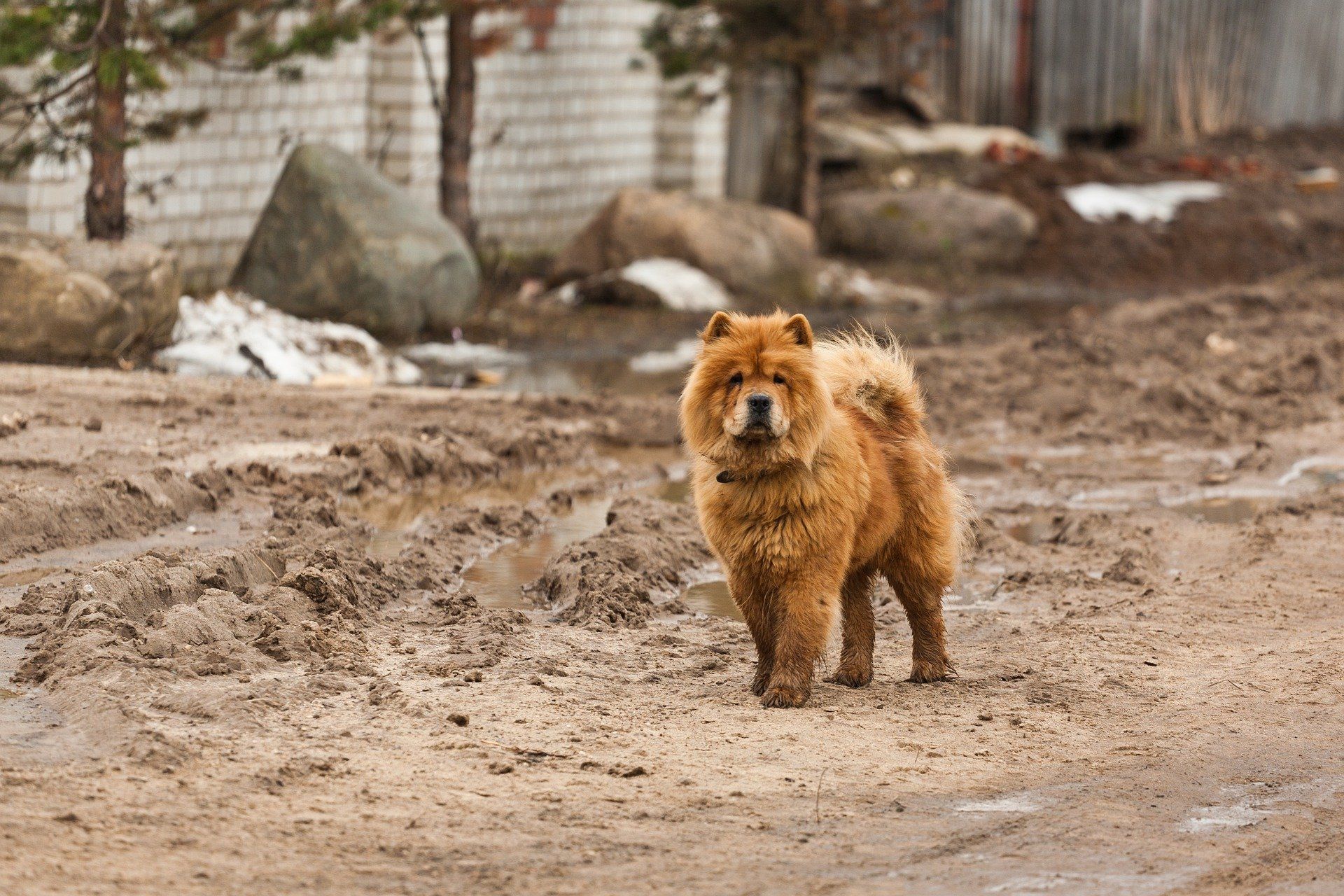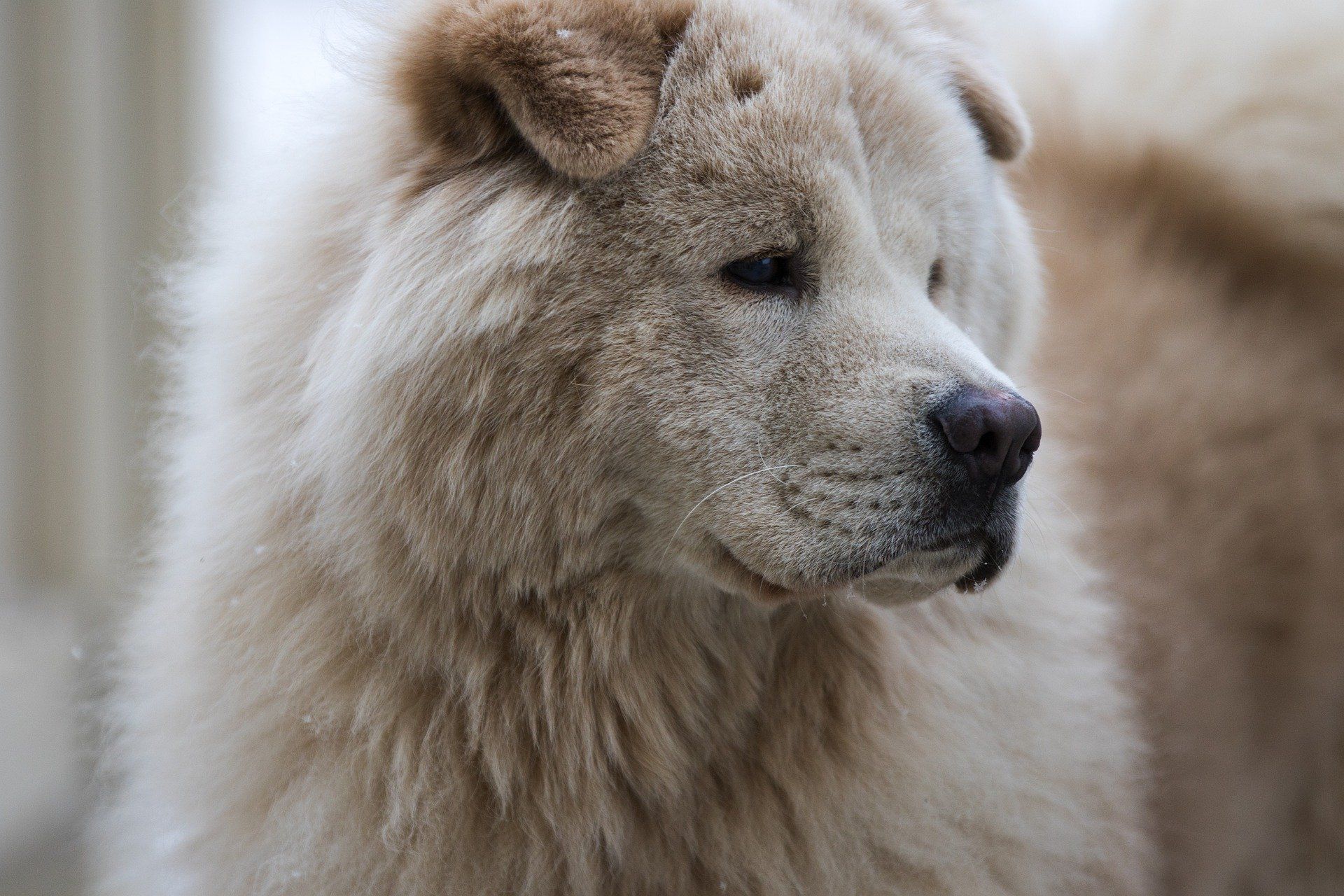Do Chow Chows bark a lot?
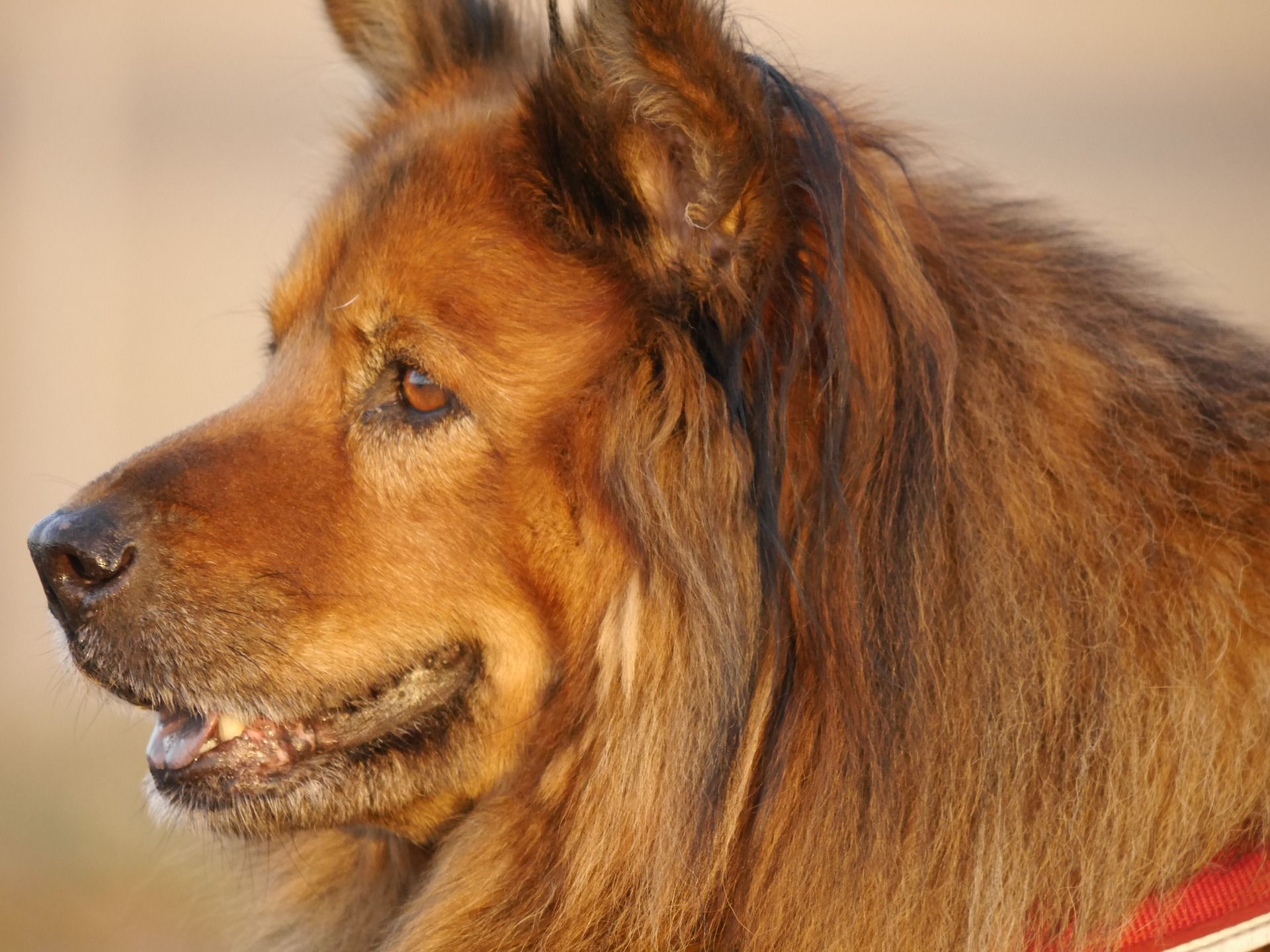
Table of Contents
Why Chow Chows can bark excessively
#1 — Excited greeting
Chows may express their excitement in your return by sometimes barking. This is accompanied by the wagging of the tail, licking you, tapping their feet in anticipation, and jumping in excitement.
#2 — Territorial barking
A chow chow may bark at other dogs and other strangers for the place it considers its territory. It will produce short and continuous barks quickly to the approaching stranger or animal. This, therefore, is meant as communication to scare away the other party from entering the vicinity.
#3 — Fear or anxiety
When chow chows feel threatened by the other dogs or strangers they are not accustomed to they may react by barking at the other dogs in response to fear. They produce low-pitched sounds which are continuous to warn against the other party to stay away.
#4 — When feeling alone
Chow chows may not be used to showing affection as other dogs but they also require attention provided to them, therefore after a period of time alone they may develop frustrations. This may cause them to bark whereby they produce uninterrupted long high pitched sounds to show their loneliness.
#5 — To display aggression
Aggression for chows like any other dog may stem from past experience where a familiar situation either with another dog or person makes the dog uncomfortable or anxious therefore it results in aggression. To display this aggression chow chows will grunt and bark threateningly.
#6 — Having fun and playtime
As a chow chow plays it will bark from time to time as it expresses joy and fun. In such cases, the barks will be loud and spaced.
#7 — When in pain
If a chow chow is injured or sick causing discomfort it will bark to signify this. The chow chow may lick the area if it has an injury, become restless, distance itself from even the owner, and will produce a sharp short bark to indicate something is wrong.
#8 — To seeking attention
If your chow wishes to get your attention it will bark to gain your attention. These may be long prolonged barks when you are around and may be accompanied by scratching your legs with its paws, pushing you with its snout, or any behavior aimed at getting your attention.
How to stop your Chow Chow from excessive barking
#1 — Mental and Physical exercise
Chow chows can have built-up frustrations from boredom or anything else that is bothering them. To show this frustration they may tend to bark a lot especially if their situation is not getting better. Regular exercises and mental stimulations help remove this tension and engage your dog more energetically in something fun and interesting. So it is better for you to make a schedule in your daily activities for your dog whereby you may engage with it through exercises. This also will help create a bond between you and your dog which can progress to the dog valuing you and giving you respect.
#2 — Restructuring the relationship
Excessive barking may stem from learned behavior whereby the dogs have learned barking helps them get want they want. Therefore in this situation, we need to re-teach the dogs when to bark or not. Here what is done, if not already, is a restructuring of the relationship whereby the owner, as you has to become the higher-level leader (top dog). This will help as you will be able to teach them to do what you want and to avoid what you don’t want. They will also look up to you for guidance in certain tense situations that may otherwise have resulted in barking.
#3 — Changing their behavior
As we have discussed excessive barking can be a result of learned behavior. If your chow chow may have learned in order to get your attention he/she barks then this may develop into a habit and become excessive. Another case would be that if whenever a stranger (especially those in delivery of goods to your homestead) is turned away by your dog barking then your dog may also develop a habit of barking a lot as it seems to work.
After you have restructured your relationship with your dog this should be easier as you will have earned certain respect and therefore for you to change their behavior you can employ verbal communication.
What occurs here is the process of correcting, redirecting, and reinforcing their behavior. In correction, you can set up a voice to portray dissatisfaction with their behavior such as “No!!“. This should be a firm voice but most importantly calm and should be reinforced in your dogs that they know it means that what they have done is wrong. If your dog respects your authority it is bound to follow but if not so ready a slight pull at a prong collar or any collar you have will make your demands clear.
In redirecting the behavior your choice has to be one that does not bring any destruction such as commanding your dog to sit, stay or wait. These techniques of redirecting will teach your dog to choose to be calm in such situations.
In reinforcement you may reward the good behavior through good gestures such as appreciation through rubbing their fur nicely, giving them treats while also using verbal cues that relate to a good job well done such as “good boy!“.
